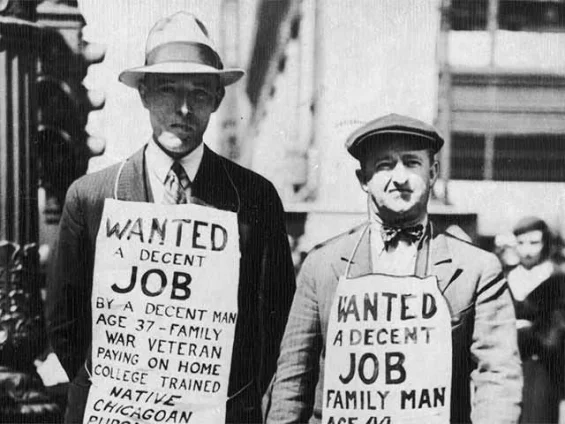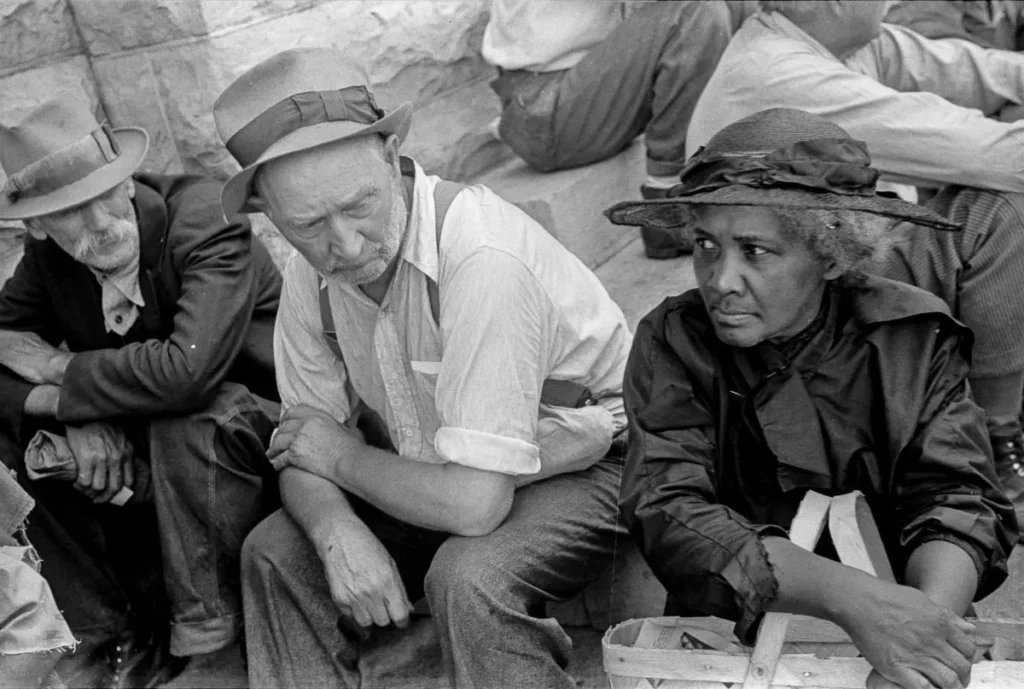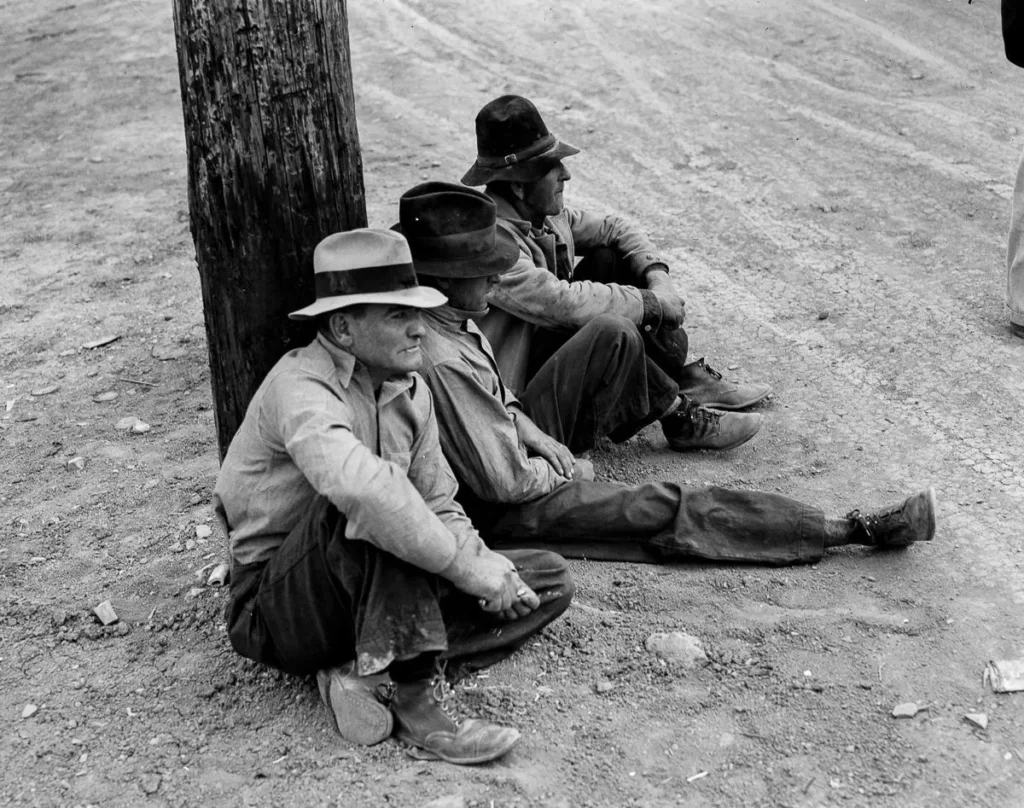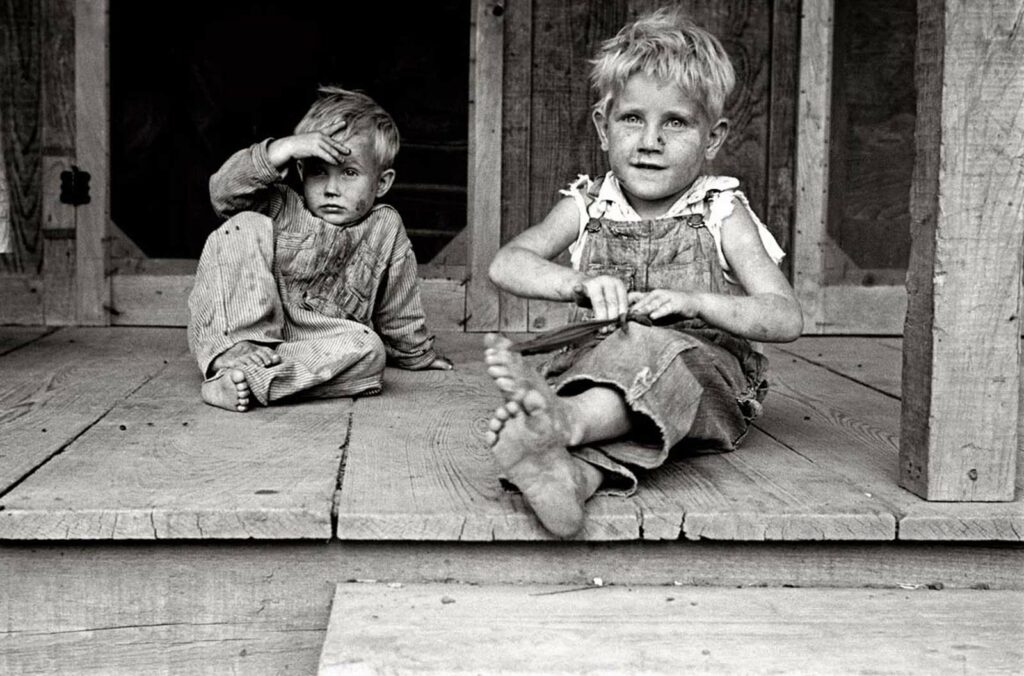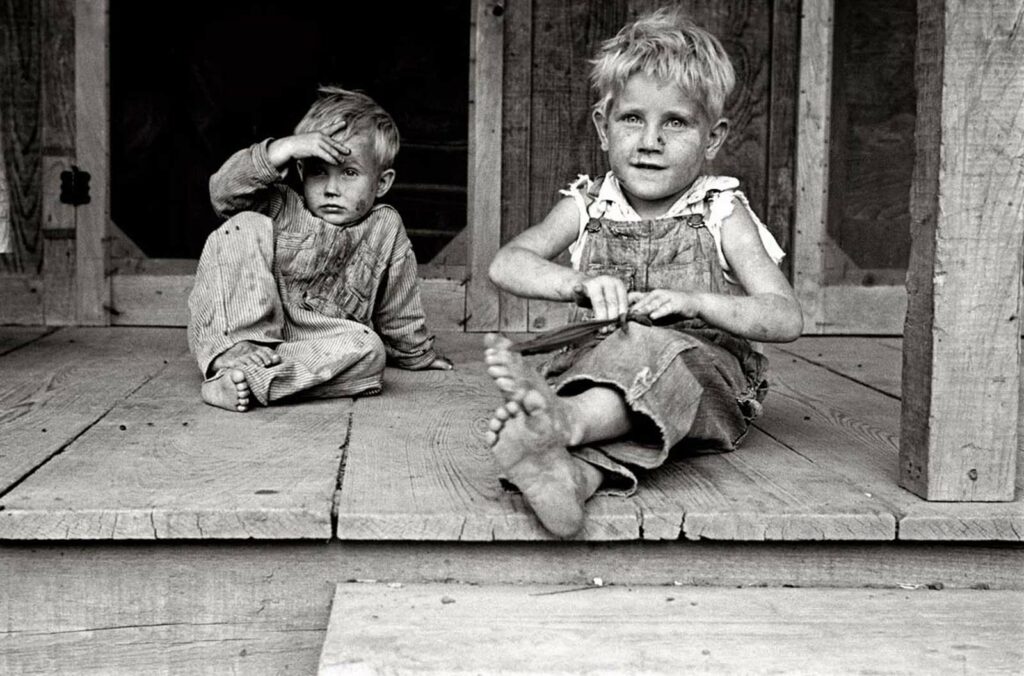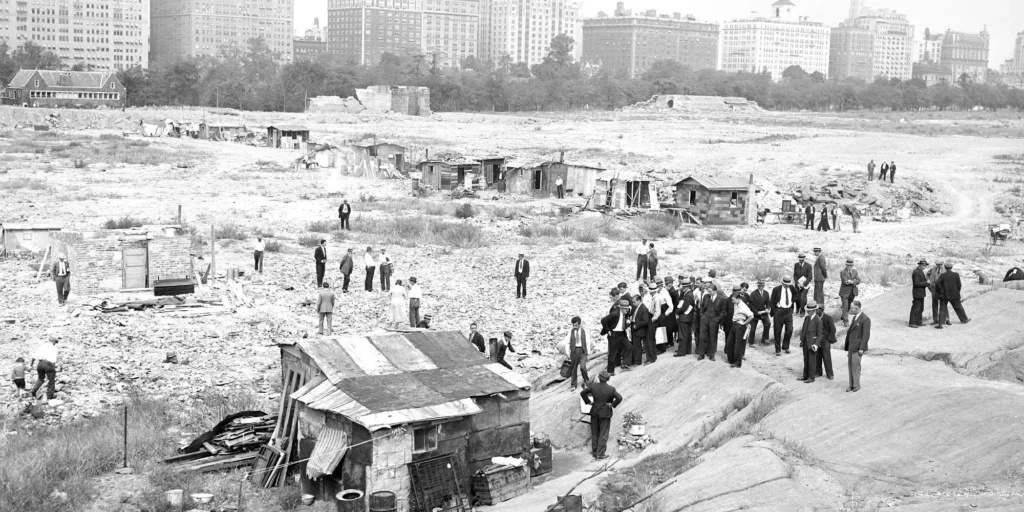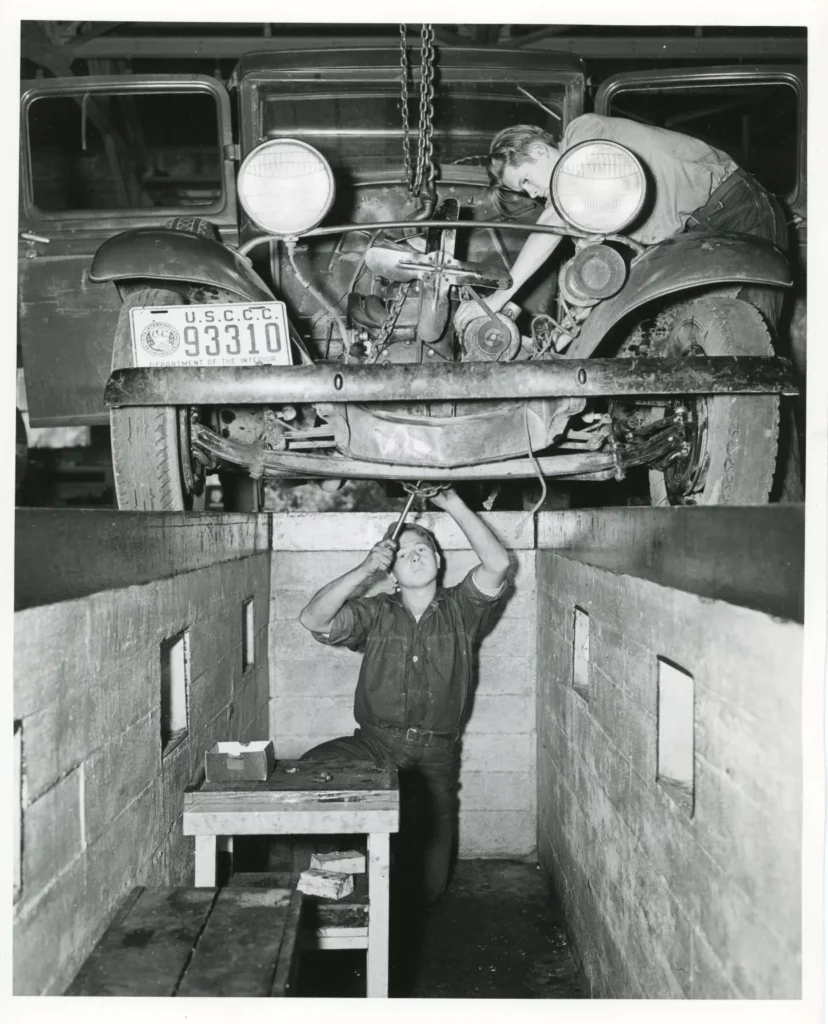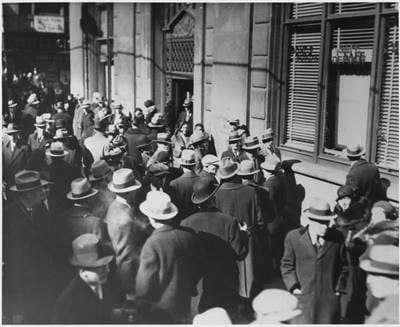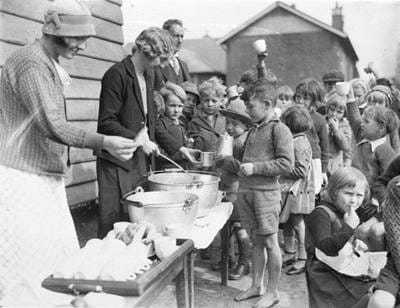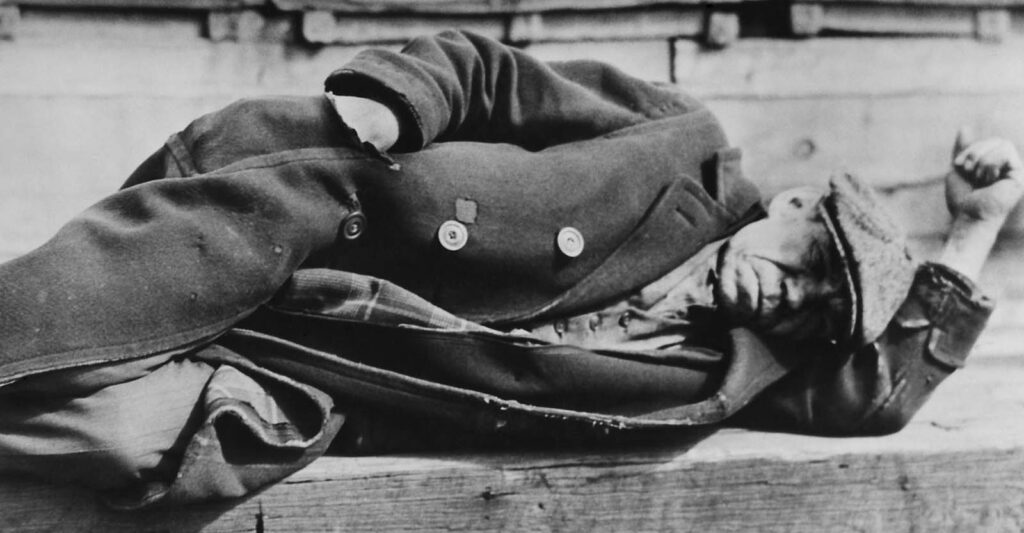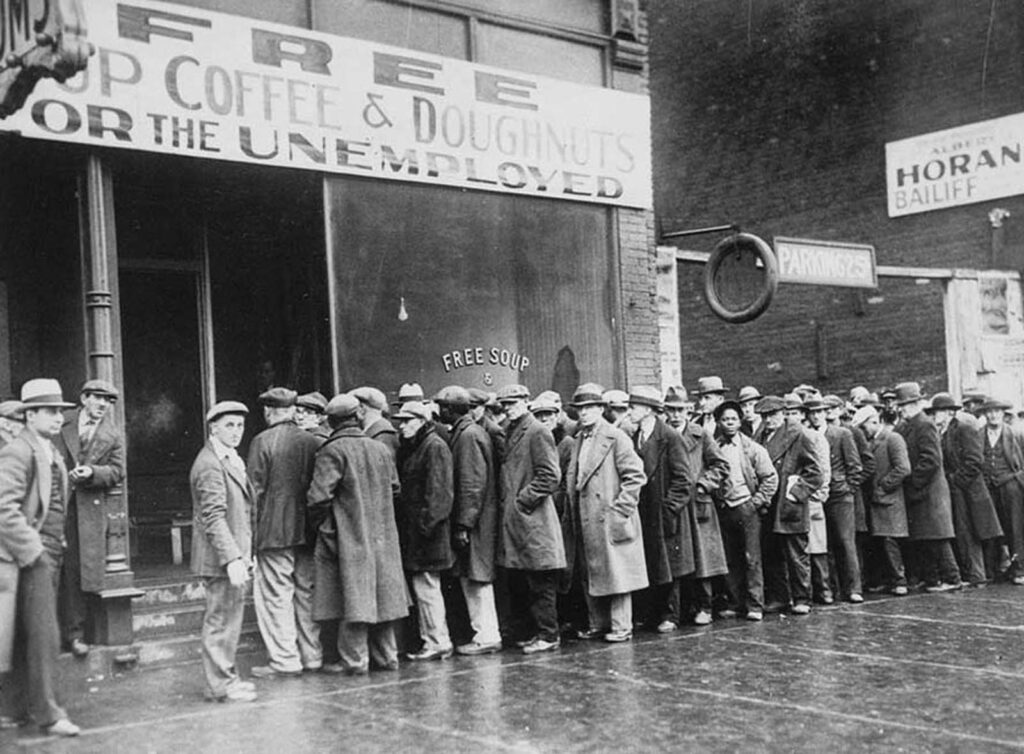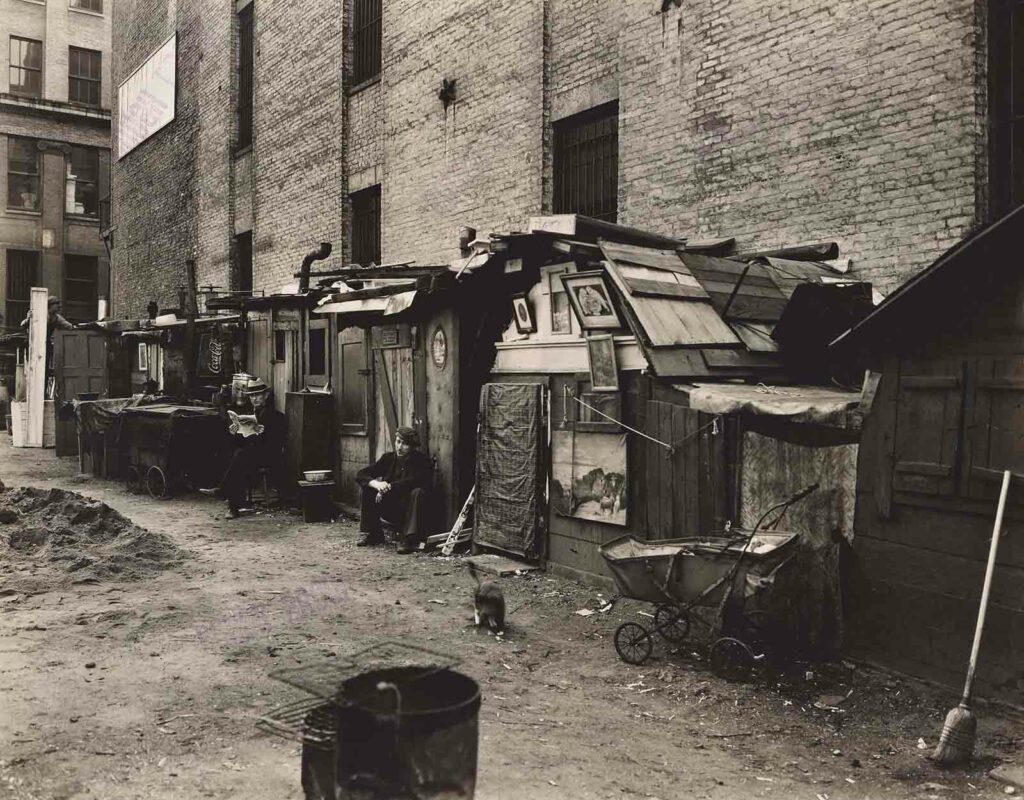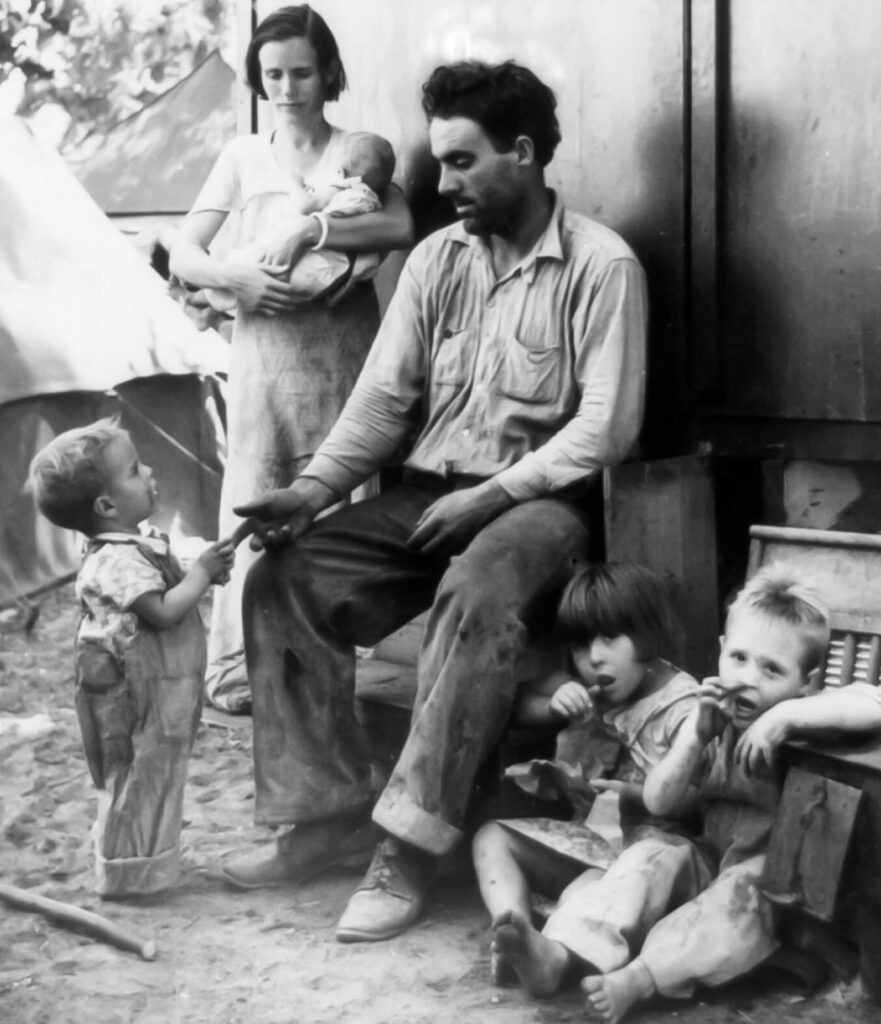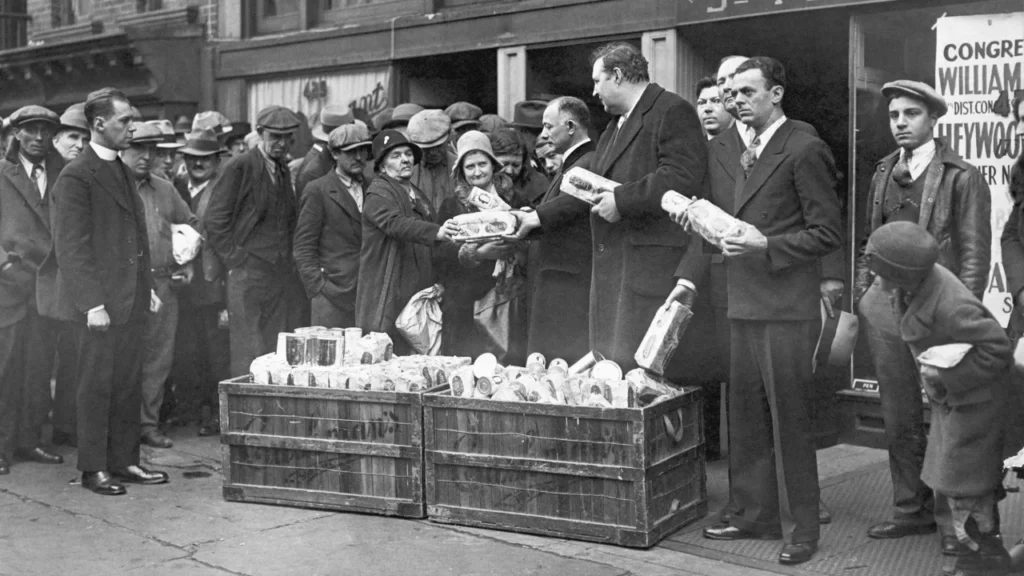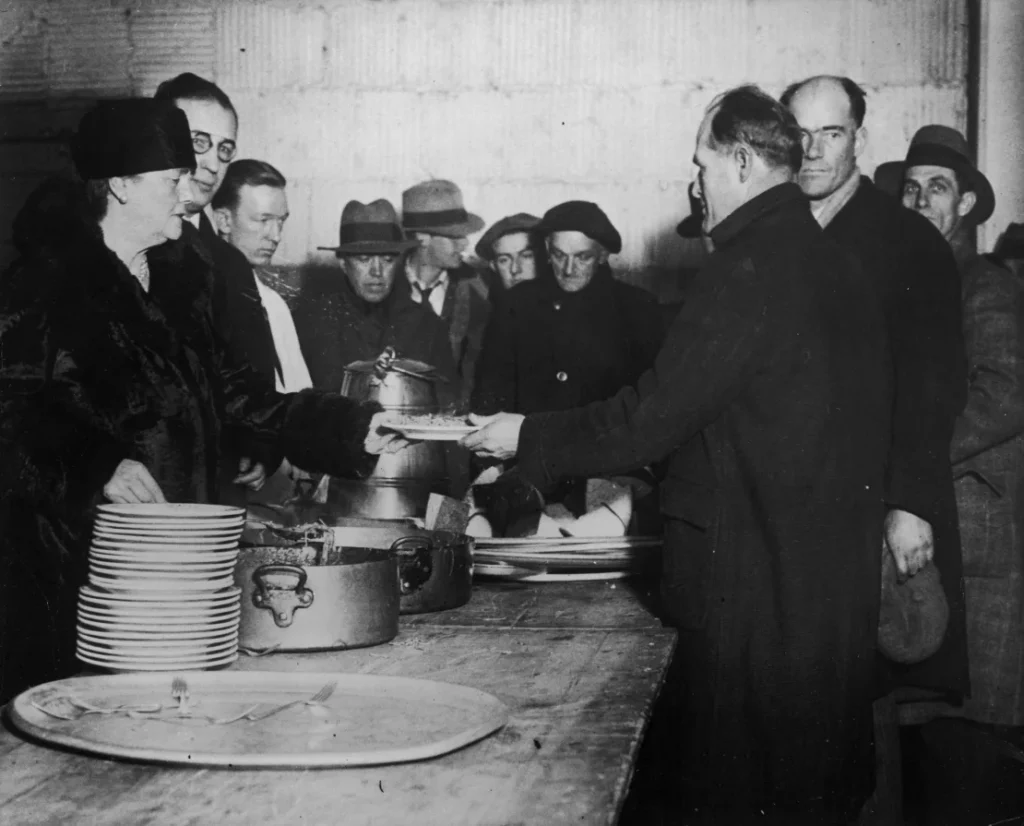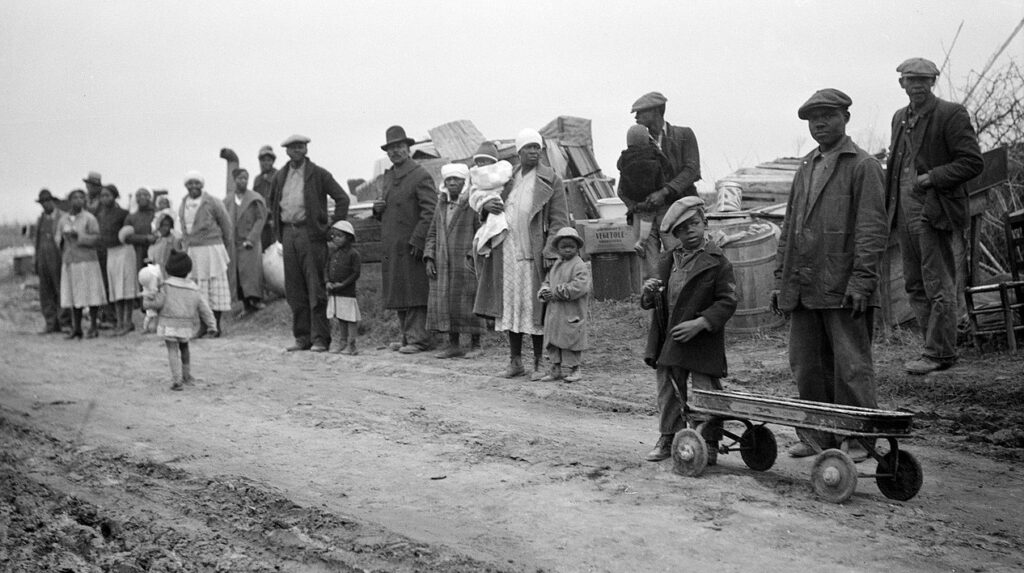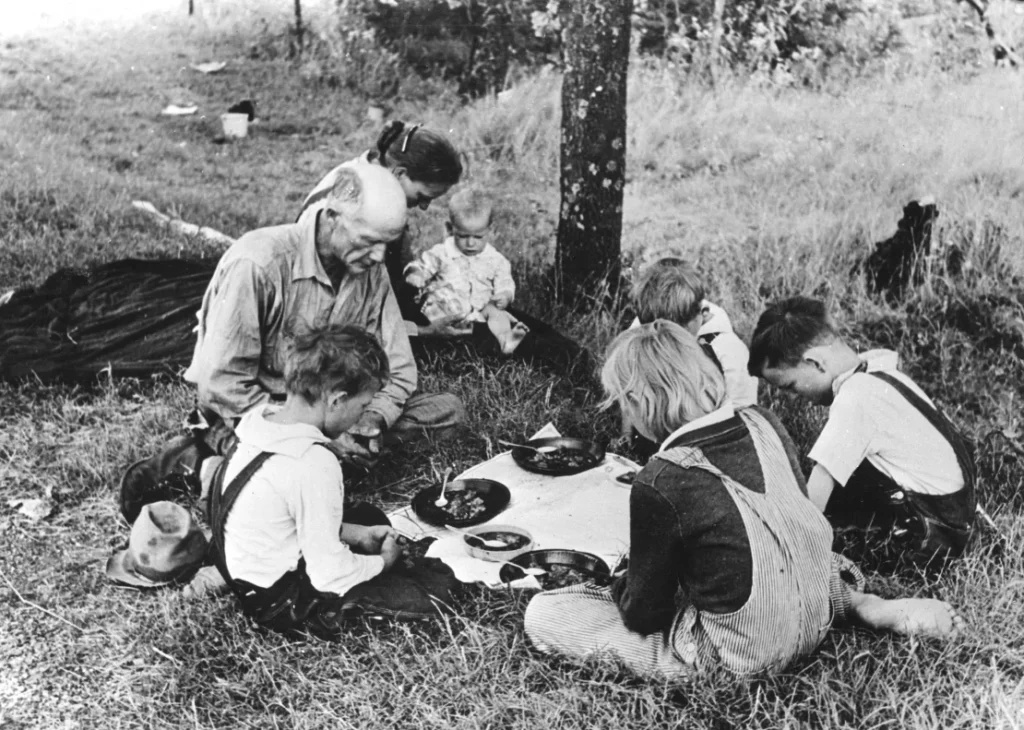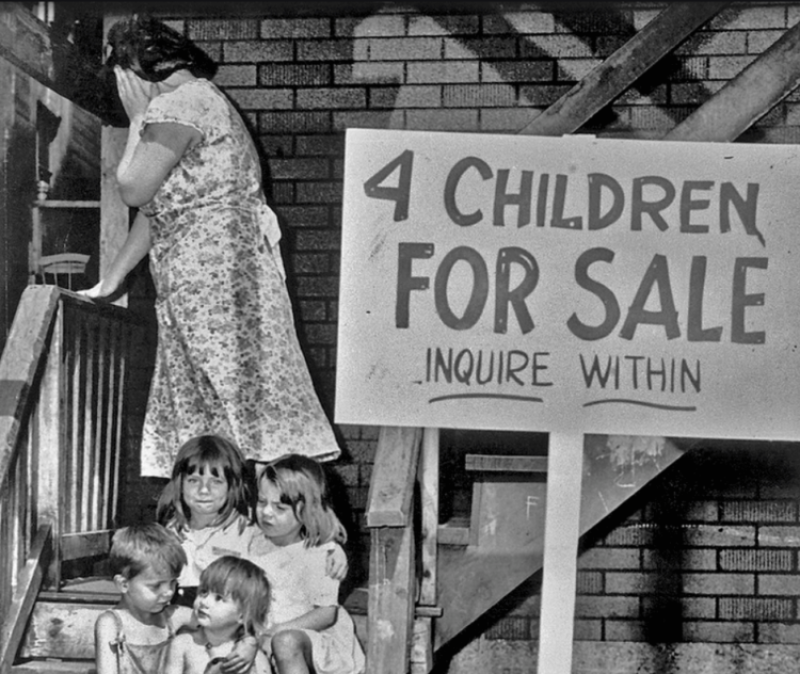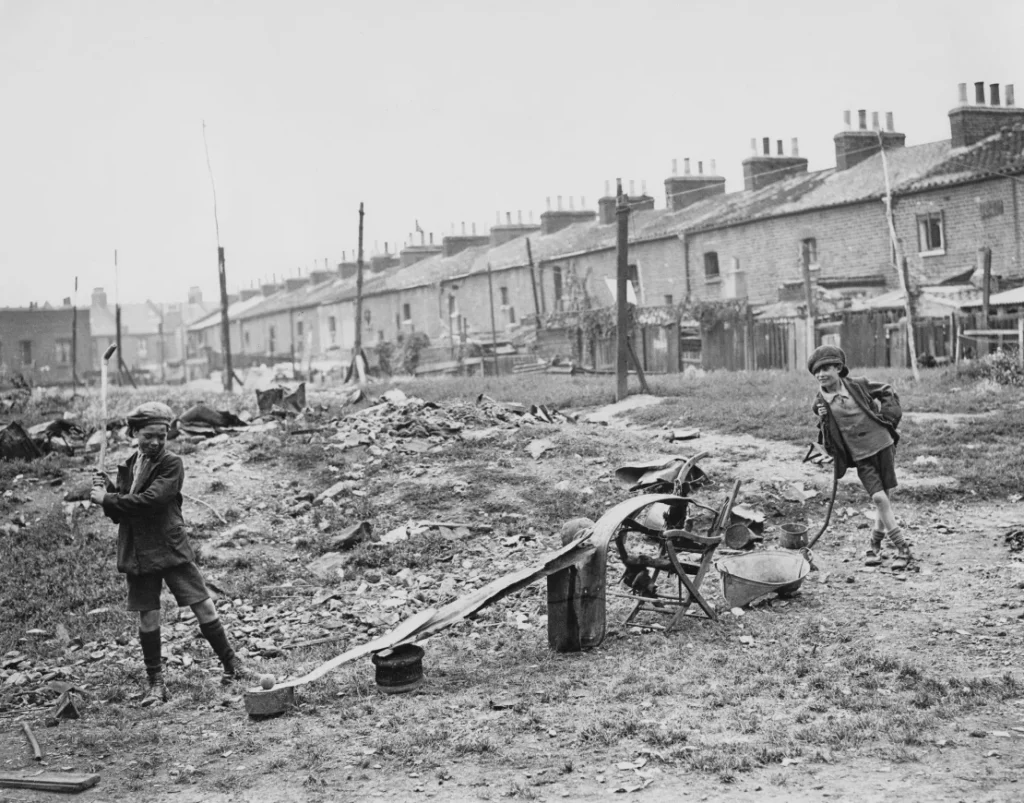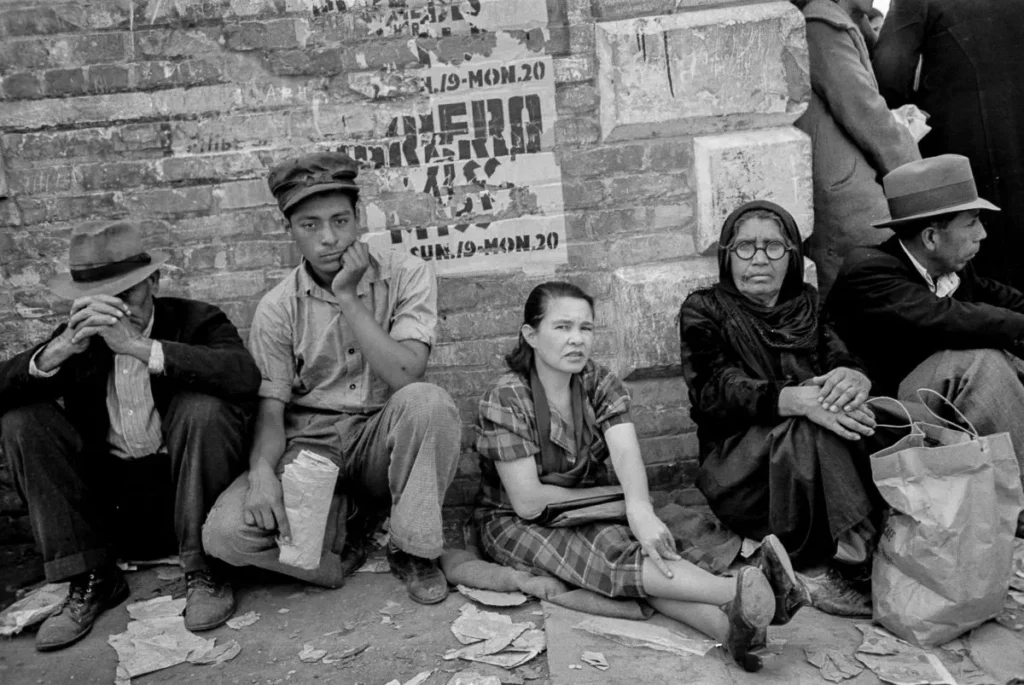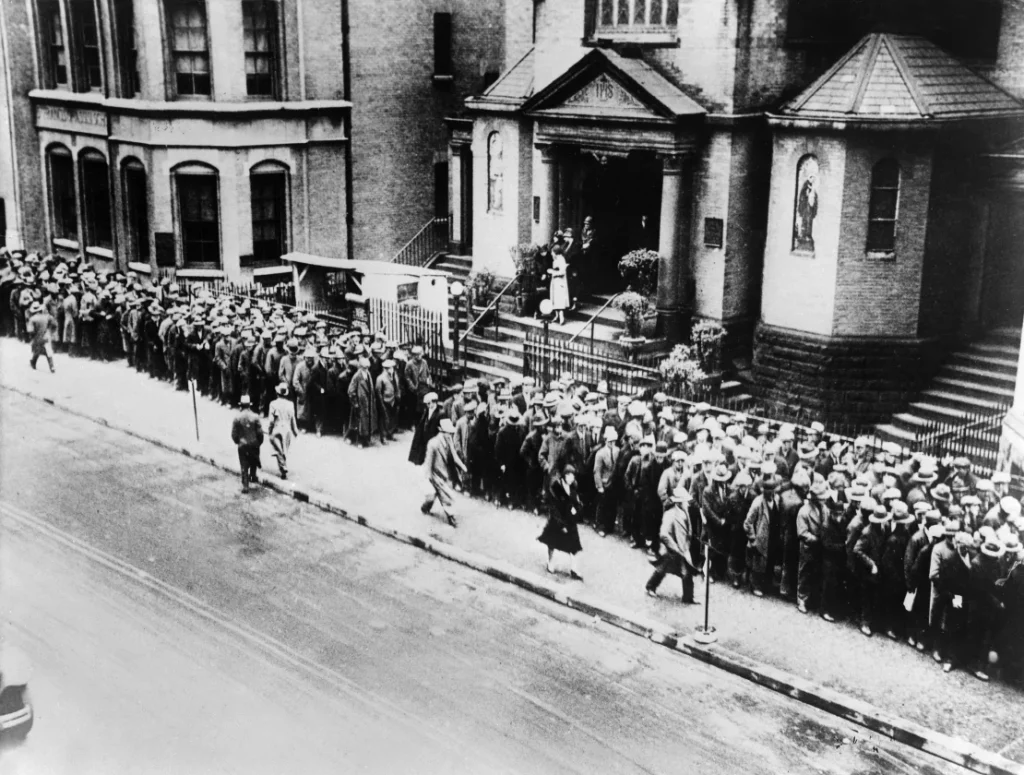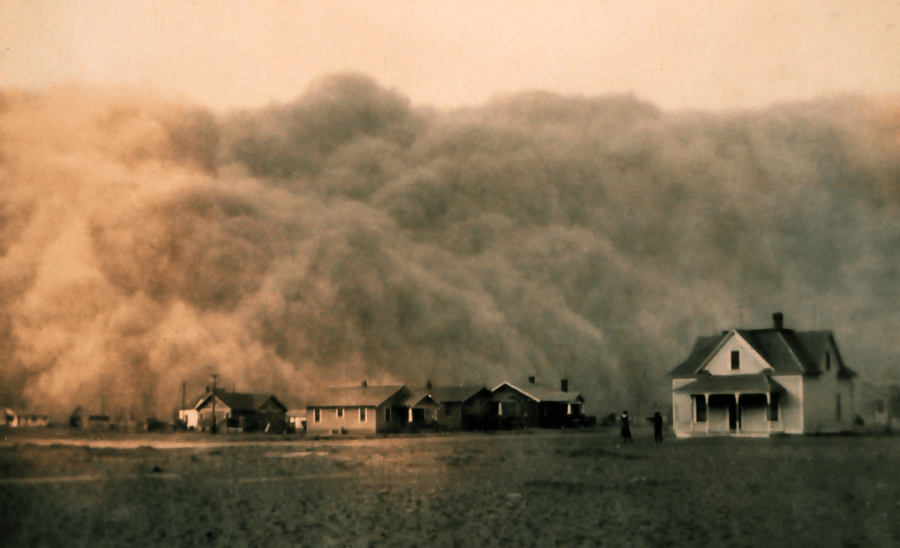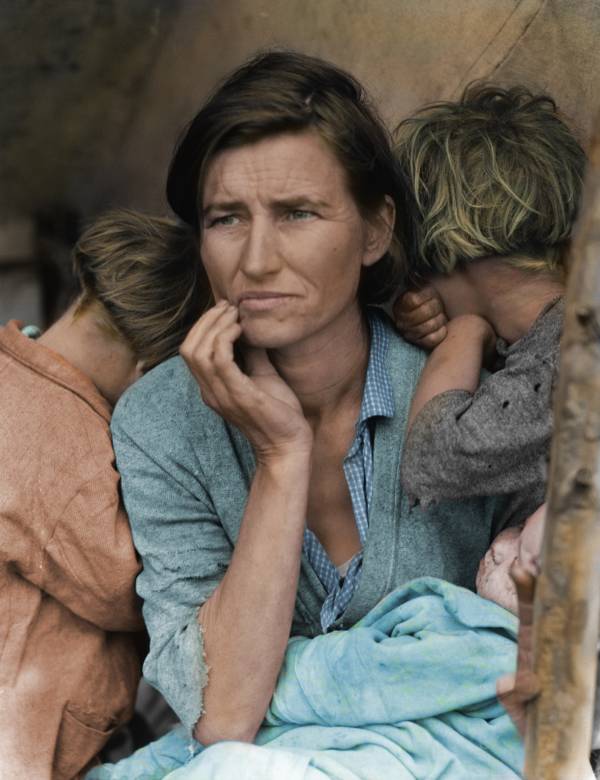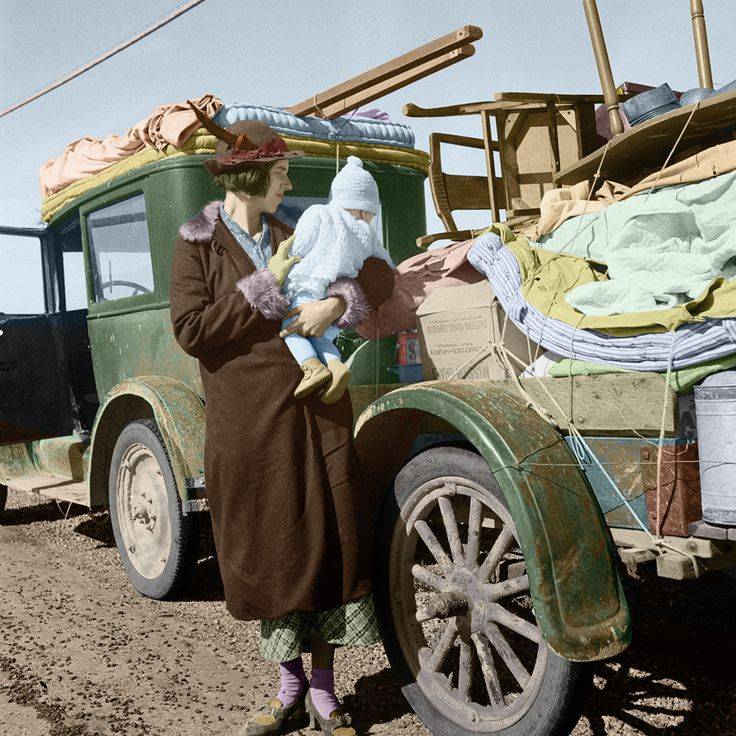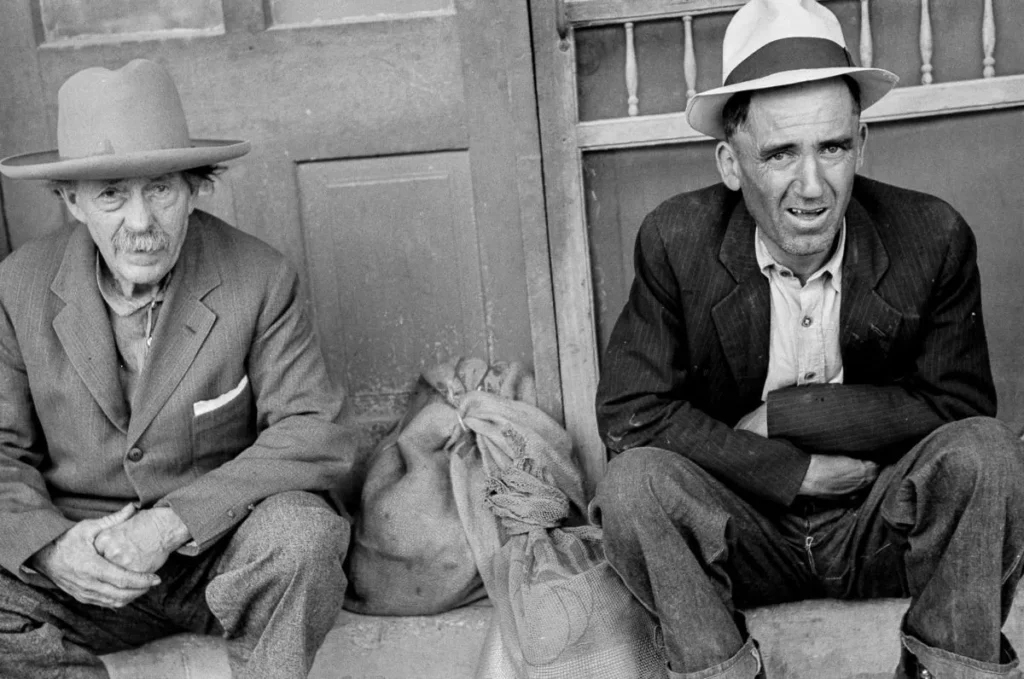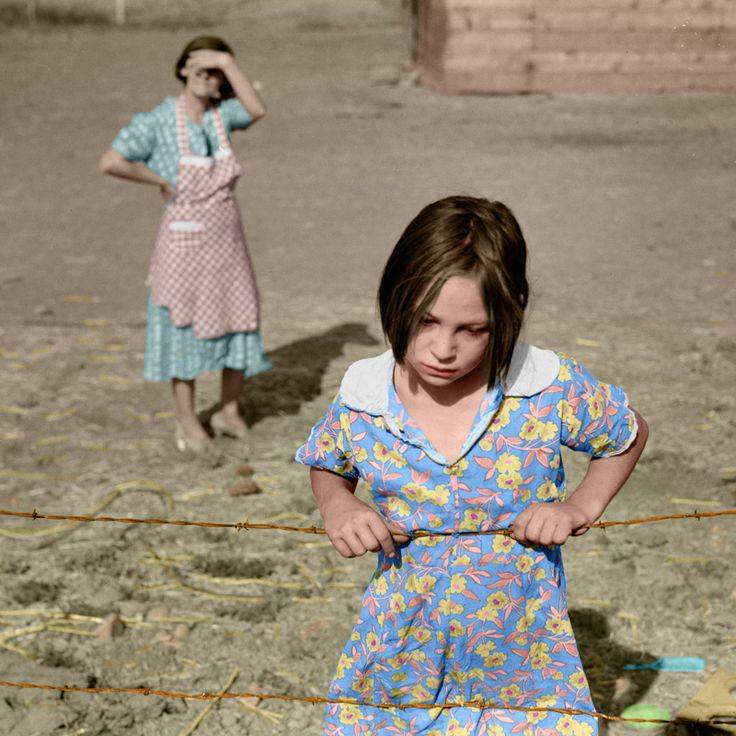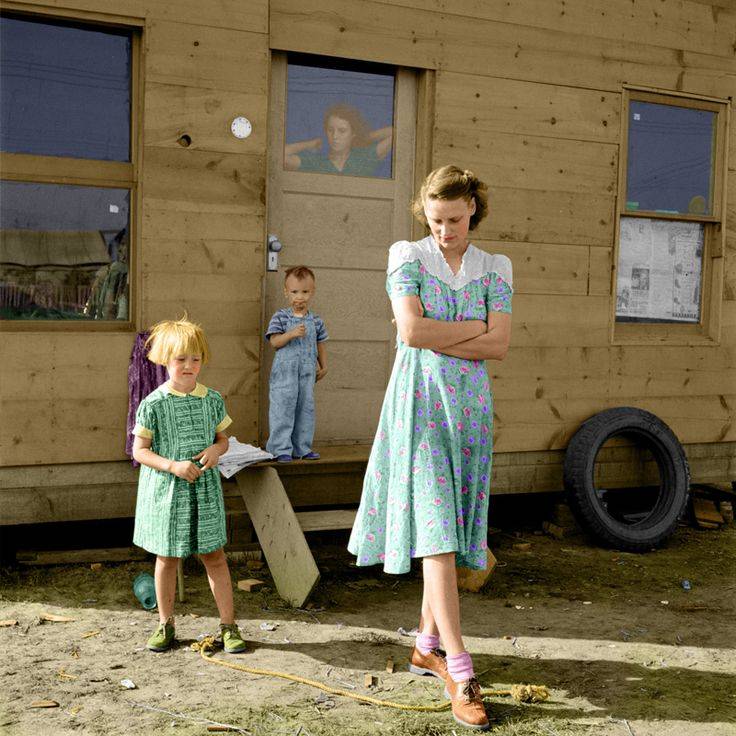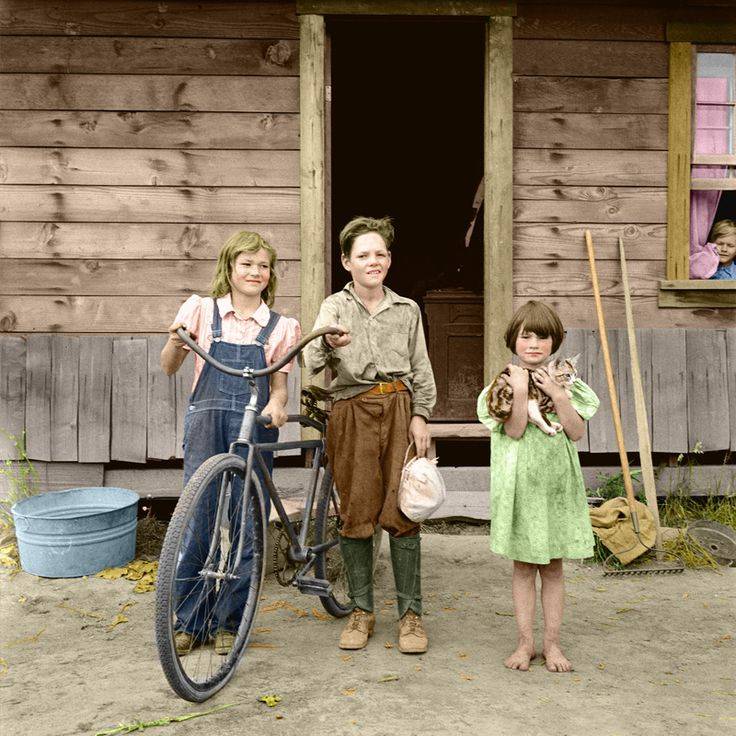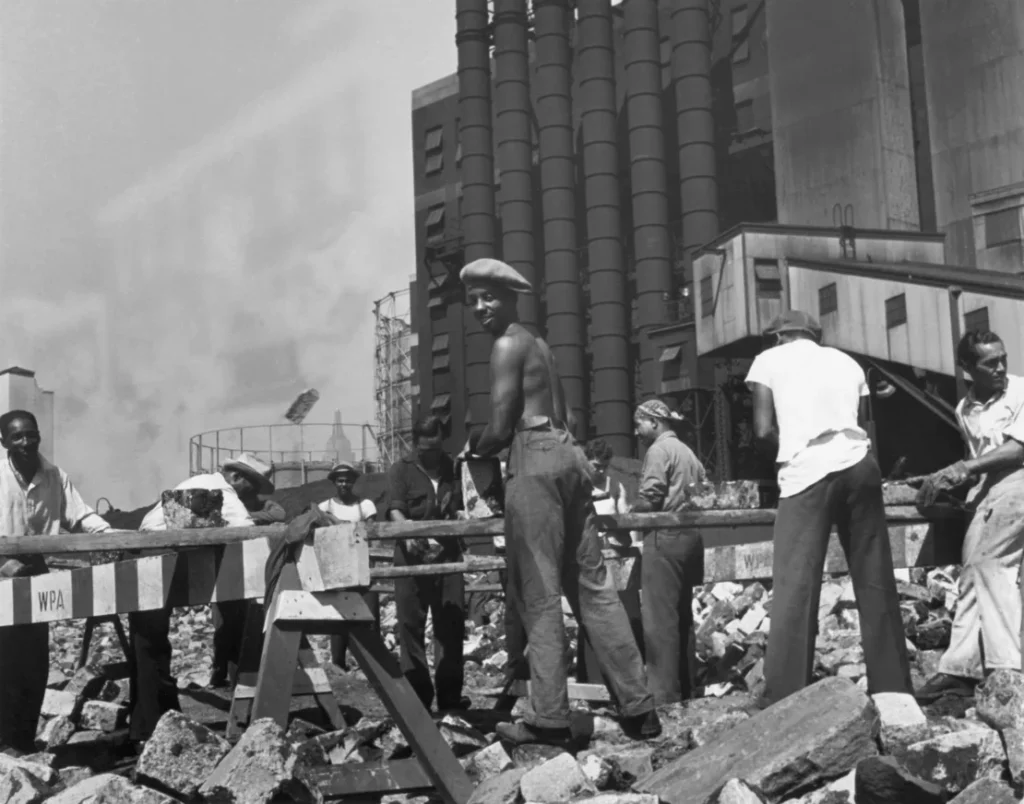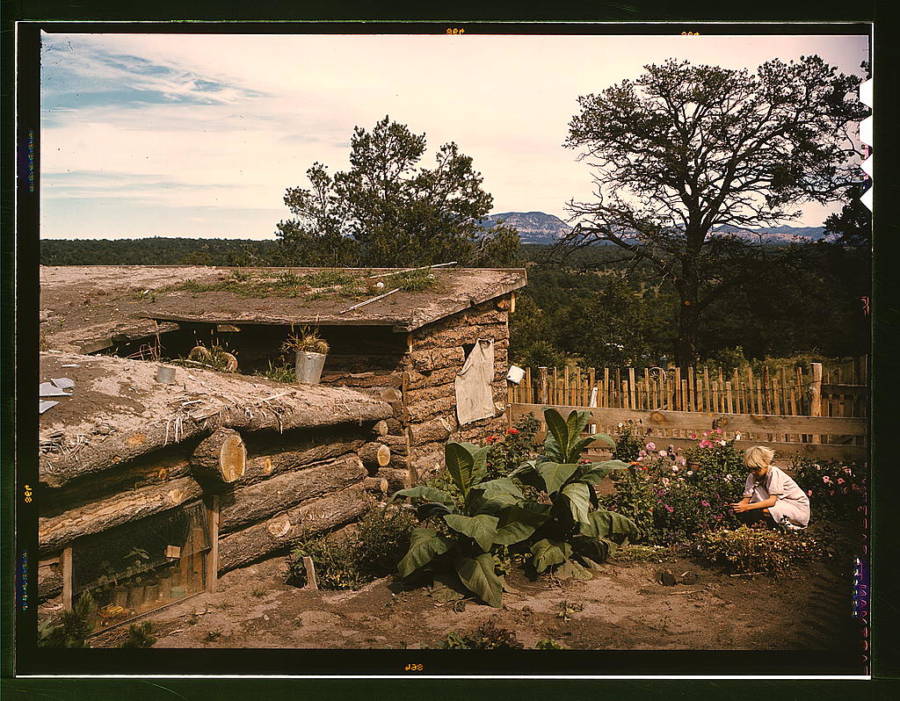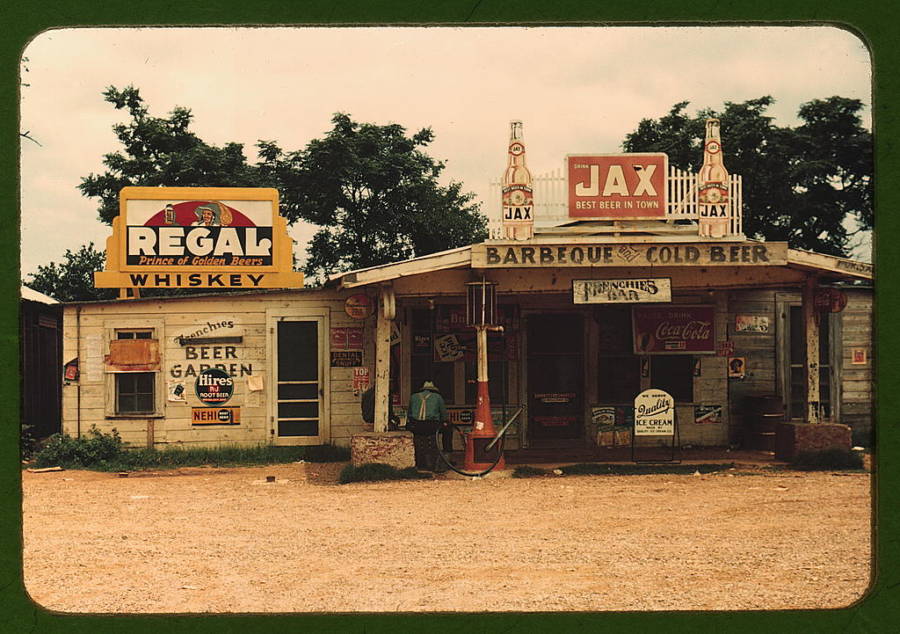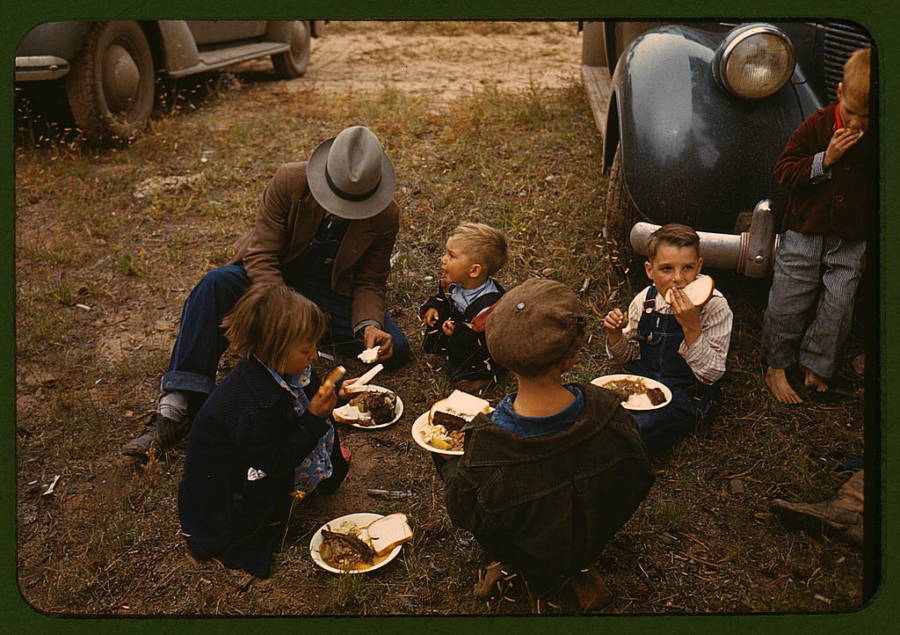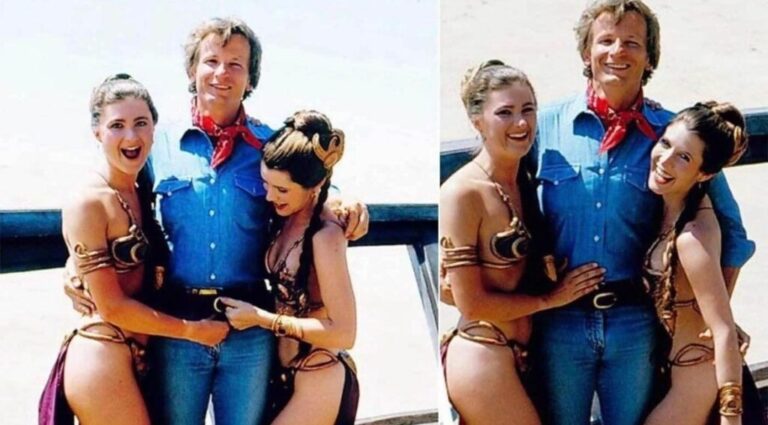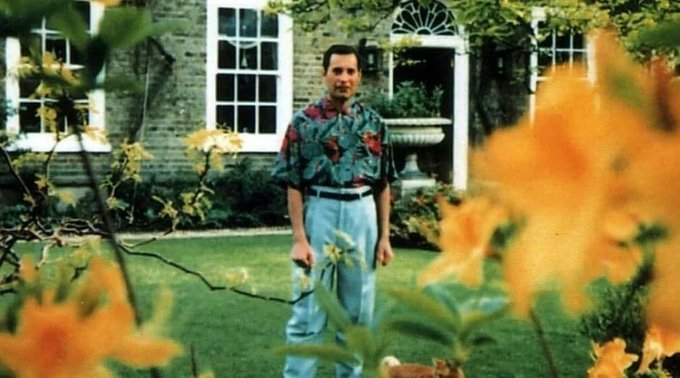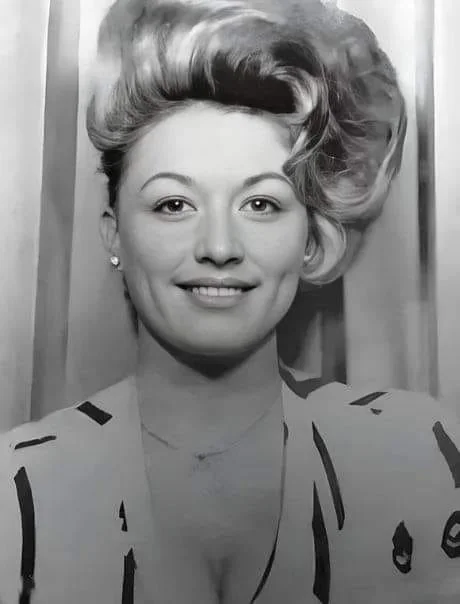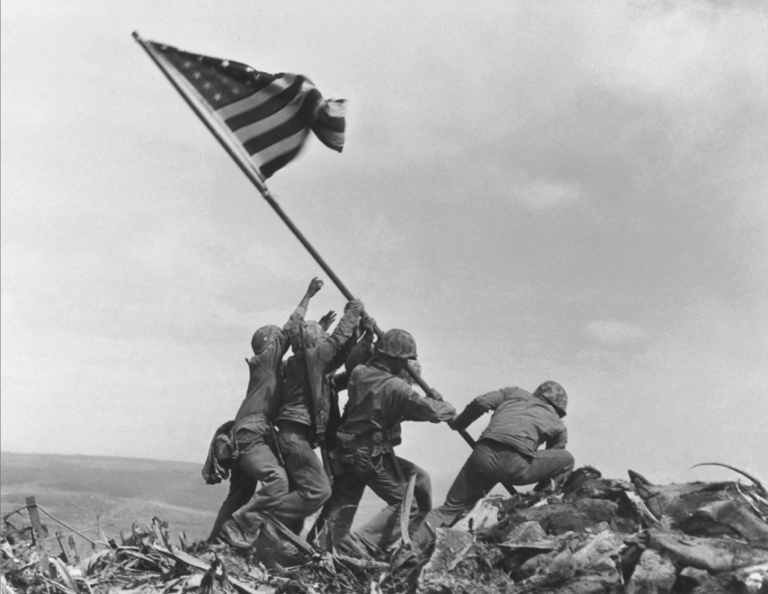31 Iconic Photos of the Great Depression
Overview of the Great Depression
The Great Depression began with the stock market crash of October 1929, leading to a decade of hardship for many Americans. The causes of this economic disaster were multifaceted, including:
- Over-speculation in the stock market
- Bank failures that wiped out personal savings
- A decline in consumer spending and investment
- Severe droughts that devastated agricultural production, particularly in the Midwest
By 1933, unemployment rates soared to nearly 25%, and countless families found themselves struggling to make ends meet. This dire economic situation forced people into migration, often seeking work and better living conditions elsewhere, leading to a significant demographic shift across the country.
The Role of Photography
During this tumultuous period, photography emerged as a powerful medium for documenting the human experience. Photographers played a critical role in capturing the harsh realities of life during the Great Depression, providing visual narratives that conveyed the emotional weight of the era. The Farm Security Administration (FSA), established in 1937, employed photographers to document rural poverty and promote government assistance programs.
This initiative led to the creation of some of the most iconic photographs in American history, which not only informed the public about the struggles faced by many but also evoked empathy and prompted societal change.
Iconic Photographers
Several photographers became synonymous with the visual documentation of the Great Depression. Their work continues to resonate today, offering insights into the resilience of the human spirit in the face of adversity.
- Dorothea Lange: Perhaps the most famous of the FSA photographers, Lange’s work humanized the plight of the poor. Her images often focused on the emotional aspects of suffering, capturing the dignity of her subjects amidst hardship.
- Walker Evans: Known for his detailed and unvarnished portrayal of everyday life, Evans’ photographs reveal the stark realities faced by individuals during the Depression. He had a unique ability to capture the essence of his subjects through composition and lighting.
- Russell Lee: Another prominent FSA photographer, Lee’s work often depicted the struggles of farmers and migrant workers. His ability to tell stories through images made his photographs particularly impactful.
Notable Photographs
Let’s delve into some of the most iconic photographs from this era, exploring their context and significance.
Migrant Mother
One of the most enduring images of the Great Depression is Dorothea Lange’s “Migrant Mother,” taken in 1936. This photograph depicts a weary mother, Florence Owens Thompson, holding her children close, with an expression of worry etched on her face.
“I only saw her for a moment, but I knew I had to capture her essence,” Lange later recalled.
This image came to symbolize the struggle of many families during the Depression. Its impact was profound; it raised awareness and empathy for the plight of migrant workers and played a crucial role in influencing public policy.
Lunch Hour at the Automatic
Walker Evans’ “Lunch Hour at the Automatic” is another significant photograph from this era. Taken in a bustling diner, the image captures the everyday lives of workers during their brief respite.
- Composition: The photograph’s framing emphasizes the contrasts between the workers’ expressions and the bustling environment around them.
- Impact: This image serves as a reminder of the resilience of the working class, even in the face of economic adversity. It illustrates how, despite the struggles, life went on, and people sought comfort in routine.
The Forgotten Man
Russell Lee’s “The Forgotten Man” is a haunting image that encapsulates the despair of the Great Depression. It portrays an unemployed man sitting on a park bench, looking lost in thought.
“He looks like he has lost hope,” said Lee, reflecting on the emotional weight of the photograph.
This image speaks volumes about the emotional toll the Great Depression took on individuals, showcasing a profound sense of isolation and hopelessness. It remains a powerful reminder of the human cost of economic hardship.
Cotton Picker
Another powerful photograph is “Cotton Picker,” which captures the toil of agricultural workers in the South. This image reveals the grueling conditions faced by laborers, highlighting issues of labor exploitation and poverty.
- Context: The photograph showcases the resilience and strength of the workers who toiled in the fields despite the economic downturn.
- Legacy: It underscores the importance of labor rights and the ongoing struggle for fair wages and working conditions.
The Impact of These Photos
The iconic photographs from the Great Depression not only document the hardships faced by individuals but also influenced public perception and policy changes. They served as powerful tools for advocacy, prompting action and assistance for those in need.
Social and Political Changes
These images led to increased awareness and empathy for the plight of the impoverished. As people viewed these photographs, they were moved to support social programs and policies aimed at alleviating suffering.
- Government Initiatives: The FSA’s work helped garner support for New Deal programs, which aimed to provide relief and recovery for those affected by the Depression.
The photography of the Great Depression serves as a poignant reminder of the resilience of the human spirit in the face of adversity. These iconic images continue to resonate, offering lessons about compassion, empathy, and the importance of social justice.
References
- Lange, Dorothea. Migrant Mother. 1936.
- Evans, Walker. Lunch Hour at the Automatic. 1936.
- Lee, Russell. The Forgotten Man. 1939.
- “The Great Depression.” History.com.
- “Photography and the Great Depression.” Library of Congress.
This content sets the stage for a comprehensive exploration of iconic photos from the Great Depression, highlighting the importance of visual documentation in understanding this significant period in history.
